Home>Home Appliances>Heating & Cooling>How Does A Central Heating System Work
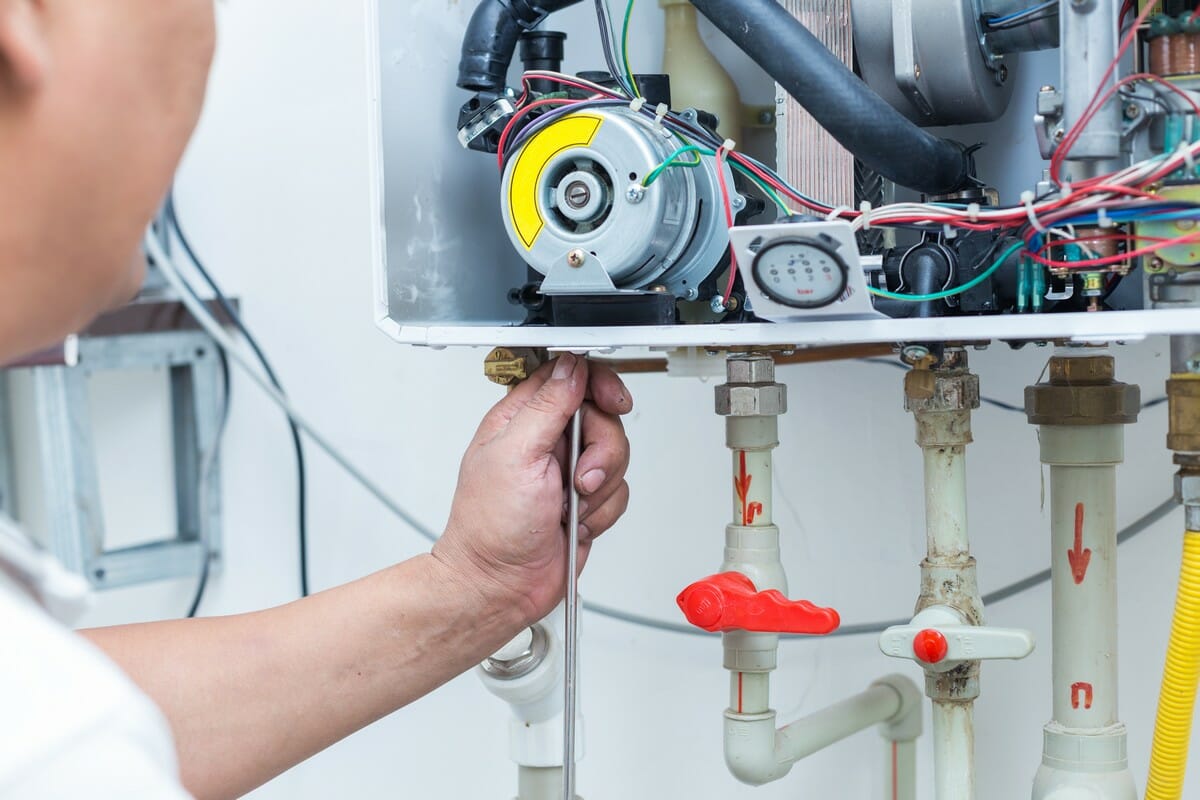

Heating & Cooling
How Does A Central Heating System Work
Modified: February 17, 2024
Learn how a central heating system works to keep your home warm and comfortable. Discover the key components and processes for efficient heating and cooling.
(Many of the links in this article redirect to a specific reviewed product. Your purchase of these products through affiliate links helps to generate commission for Storables.com, at no extra cost. Learn more)
Introduction
Central heating systems play a crucial role in maintaining comfortable indoor temperatures, especially during the chilly months. Whether it's a frosty winter evening or a cool autumn day, a reliable central heating system ensures that your home remains warm and cozy. Understanding how these systems work and the benefits they offer can help homeowners make informed decisions about their heating needs.
A central heating system is a network of interconnected components designed to distribute heat throughout a building, providing warmth and comfort to its occupants. This system is a fundamental part of modern living, offering a consistent and efficient way to regulate indoor temperatures. By comprehending the inner workings of a central heating system, individuals can appreciate the technology that keeps their homes warm and comfortable.
In this article, we will delve into the intricacies of central heating systems, exploring their components, functionality, and maintenance requirements. By gaining insight into these aspects, homeowners can make informed choices about their heating solutions, ensuring optimal comfort and energy efficiency. Additionally, we will discuss the various types of central heating systems available, along with their unique features and benefits.
As we embark on this exploration, it's important to recognize the significance of a well-maintained central heating system. Regular maintenance not only prolongs the lifespan of the system but also ensures its optimal performance, contributing to energy savings and environmental sustainability. By understanding the maintenance needs of a central heating system, homeowners can take proactive measures to keep their systems in top condition.
Join us as we unravel the inner workings of central heating systems, shedding light on their functionality, benefits, and maintenance requirements. By the end of this journey, you will have a comprehensive understanding of central heating systems, empowering you to make informed decisions about your home's heating needs.
Key Takeaways:
- Central heating systems work by using a boiler to heat water, which is then circulated through pipes to radiators, providing consistent warmth throughout a building. Understanding this process helps homeowners make informed heating decisions.
- Regular maintenance, including servicing, radiator care, and safety checks, is crucial for ensuring the optimal performance and longevity of central heating systems. Prioritizing maintenance helps homeowners avoid unexpected breakdowns and promotes energy savings.
Read more: How Does Oil Central Heating Work
Components of a Central Heating System
A central heating system comprises several essential components that work together to distribute warmth throughout a building. Understanding these components is crucial for comprehending the system's functionality and identifying potential issues. Let's explore the key elements of a central heating system:
-
Boiler: The boiler serves as the heart of the central heating system, generating heat by burning fuel such as gas, oil, or biomass. This heat is then transferred to water, producing hot water or steam for heating purposes.
-
Pump: A central heating pump is responsible for circulating hot water from the boiler to the radiators and back. This continuous circulation ensures that heat is evenly distributed throughout the building, maintaining a comfortable indoor temperature.
-
Radiators: These are heat exchangers designed to release warmth into the rooms. As hot water flows through the radiators, they emit heat, raising the ambient temperature and creating a cozy environment.
-
Thermostat: The thermostat acts as the control center of the central heating system, allowing users to set and regulate the desired temperature. When the temperature falls below the set level, the thermostat triggers the boiler to produce more heat, ensuring a consistent indoor climate.
-
Expansion Tank: In a closed central heating system, an expansion tank is used to accommodate the expansion of water as it heats up. This prevents excessive pressure buildup, safeguarding the system from potential damage.
-
Piping: The network of pipes serves as the circulatory system of the central heating system, transporting hot water from the boiler to the radiators and back. Proper insulation of the pipes is essential to minimize heat loss and maintain energy efficiency.
-
Controls and Valves: Various controls and valves, such as zone valves and diverter valves, are employed to regulate the flow of hot water within the system. These components enable precise control over heating distribution, allowing for customized temperature settings in different areas of the building.
Understanding the roles of these components provides insight into the intricate workings of a central heating system. Each element plays a vital role in ensuring efficient heat generation, distribution, and regulation, contributing to a comfortable and well-heated living space. By familiarizing themselves with these components, homeowners can better comprehend the functionality of their central heating systems and address any maintenance or performance issues effectively.
How a Central Heating System Works
A central heating system operates through a well-coordinated process that begins with the generation of heat and culminates in the distribution of warmth throughout a building. Understanding the inner workings of this system provides valuable insight into its functionality and the mechanisms that ensure consistent indoor comfort.
The process commences with the boiler, the central heating system's primary heat source. The boiler utilizes various fuel sources, such as gas, oil, or biomass, to produce heat. This heat is then transferred to water, which serves as the medium for distributing warmth throughout the building. The heated water or steam generated by the boiler is then circulated through a network of pipes to reach the radiators in different rooms.
As the hot water flows through the radiators, it releases heat into the surrounding space, raising the indoor temperature and creating a cozy environment. The radiators, strategically positioned in key areas of the building, act as heat exchangers, efficiently transferring warmth to the rooms. This process ensures that occupants can enjoy a comfortable living space, even during the coldest of days.
The circulation of hot water is facilitated by a central heating pump, which continuously moves the water from the boiler to the radiators and back. This circulation mechanism ensures that heat is evenly distributed throughout the building, maintaining a consistent and pleasant indoor climate. Additionally, the thermostat, a pivotal component of the system, allows users to set and regulate the desired temperature. When the temperature falls below the set level, the thermostat triggers the boiler to produce more heat, ensuring that the indoor environment remains warm and comfortable.
Furthermore, in a closed central heating system, an expansion tank is employed to accommodate the expansion of water as it heats up. This prevents excessive pressure buildup, safeguarding the system from potential damage. The controls and valves within the system enable precise regulation of the flow of hot water, allowing for customized temperature settings in different areas of the building.
In essence, a central heating system functions as a cohesive network of components working in harmony to generate, distribute, and regulate warmth throughout a building. By comprehending this process, homeowners can appreciate the technology that underpins their indoor comfort and make informed decisions about their heating needs.
Types of Central Heating Systems
Central heating systems come in various types, each offering unique features and benefits to suit different preferences and property requirements. Understanding the characteristics of these systems is essential for homeowners seeking an optimal heating solution. Let's explore the different types of central heating systems:
-
Wet Central Heating Systems: This type of system utilizes water as a heat transfer medium, circulating it through pipes to radiators and underfloor heating systems. Wet central heating systems are known for their efficiency and ability to provide consistent warmth throughout a building. They are versatile and can be powered by various fuel sources, including gas, oil, and renewable energy options.
-
Electric Central Heating Systems: Electric central heating systems rely on electricity as the primary energy source for generating warmth. These systems are often favored for their simplicity and ease of installation, making them suitable for properties where gas or oil heating may not be feasible. Electric central heating systems can include radiators, underfloor heating, or electric boilers, offering flexibility in design and application.
-
Warm Air Central Heating Systems: In this type of system, warm air is distributed through ducts and vents to provide heating. A furnace or heat exchanger generates the warm air, which is then circulated throughout the building. Warm air central heating systems are known for their rapid heat distribution and can also incorporate air filtration and humidification features to enhance indoor air quality.
-
Solar Central Heating Systems: Solar central heating systems harness solar energy to provide heating for residential and commercial properties. These systems typically integrate solar thermal collectors to capture sunlight and convert it into heat, which is then used to warm water for space heating and domestic hot water. Solar central heating systems offer sustainable and eco-friendly heating solutions, reducing reliance on traditional energy sources.
-
Heat Pump Central Heating Systems: Heat pump systems utilize the ambient heat from the air, ground, or water to provide heating. By employing refrigeration cycles, heat pumps can extract heat from the environment and transfer it indoors, offering energy-efficient heating solutions. These systems are renowned for their eco-friendliness and can also provide cooling during warmer months, offering year-round climate control.
Each type of central heating system has its own set of advantages and considerations, catering to diverse heating needs and property configurations. By understanding the characteristics of these systems, homeowners can make informed decisions when selecting the most suitable central heating solution for their homes or commercial spaces.
Benefits of a Central Heating System
A central heating system offers a multitude of benefits that significantly enhance the comfort, convenience, and energy efficiency of a property. Understanding these advantages is essential for homeowners seeking an effective and reliable heating solution. Let's explore the compelling benefits of a central heating system:
-
Consistent Indoor Comfort: One of the primary advantages of a central heating system is its ability to maintain consistent indoor comfort throughout the property. By evenly distributing warmth to every room, central heating ensures that occupants can enjoy a cozy environment, regardless of the outdoor temperature. This consistent comfort is especially valuable during cold seasons, fostering a welcoming and pleasant living space.
-
Energy Efficiency: Central heating systems are designed to operate with high energy efficiency, effectively utilizing fuel or power sources to generate and distribute warmth. By optimizing the use of energy, these systems contribute to reduced utility costs and environmental sustainability. Modern central heating technologies incorporate advanced features that minimize energy wastage, aligning with eco-friendly practices and promoting energy conservation.
-
Customized Temperature Control: With a central heating system, users have the flexibility to customize temperature settings according to their preferences and specific room requirements. The inclusion of thermostats and zoning capabilities allows for precise control over heating distribution, enabling different areas of the property to maintain individualized comfort levels. This tailored approach to temperature control enhances overall convenience and ensures optimal comfort for occupants.
-
Enhanced Property Value: The presence of a well-maintained central heating system can significantly enhance the value of a property. Prospective buyers are often attracted to homes or commercial spaces equipped with efficient and reliable heating systems, recognizing the long-term benefits and comfort they provide. Additionally, a central heating system reflects a commitment to modern living standards and energy-conscious practices, further elevating the property's appeal.
-
Year-Round Climate Control: While central heating systems excel in providing warmth during colder months, many modern systems offer versatile functionality for year-round climate control. Some systems integrate cooling capabilities, allowing for seamless transition between heating and cooling modes as per seasonal requirements. This comprehensive climate control feature ensures that occupants can enjoy comfort and convenience throughout the year, regardless of external weather conditions.
-
Reduced Maintenance Requirements: Central heating systems, when properly installed and maintained, often exhibit minimal maintenance requirements. Regular servicing and upkeep contribute to the longevity and optimal performance of the system, reducing the likelihood of unexpected breakdowns and costly repairs. This reliability and durability make central heating systems a practical and low-maintenance heating solution for residential and commercial properties.
By recognizing and appreciating these benefits, homeowners can make informed decisions about implementing or upgrading their central heating systems, ensuring enhanced comfort, energy efficiency, and long-term value for their properties.
Read more: Why Is Central Heating Not Working
Maintenance of a Central Heating System
Proper maintenance is essential for ensuring the optimal performance, longevity, and safety of a central heating system. By adhering to a regular maintenance regimen, homeowners can mitigate potential issues, maximize energy efficiency, and prolong the lifespan of their heating systems. Here's a comprehensive overview of the key aspects of maintaining a central heating system:
Scheduled Servicing
Regular servicing by qualified heating professionals is crucial for keeping a central heating system in top condition. During these service appointments, technicians conduct thorough inspections, clean components, and perform necessary adjustments to ensure the system operates efficiently. Additionally, servicing allows for the early detection of any potential issues, preventing them from escalating into costly repairs.
Boiler Maintenance
The boiler is the heart of a central heating system, making its maintenance a top priority. This includes checking for leaks, ensuring proper combustion, and inspecting the flue system for safety and compliance. Regular boiler maintenance not only enhances performance but also contributes to safety, as any malfunctions or gas leaks can be promptly addressed.
Radiator Care
Maintaining radiators involves bleeding them to release trapped air, which can hinder their efficiency. Additionally, ensuring that radiators are free from obstructions and are properly insulated contributes to optimal heat distribution and energy conservation.
Read more: How Does Central AC Work
Thermostat Calibration
Calibrating and testing the thermostat is essential to verify its accuracy in regulating the indoor temperature. This ensures that the central heating system operates according to the desired settings, promoting comfort and energy savings.
Pipework Inspection
Regular inspection of the pipework is vital to identify any leaks, corrosion, or insulation issues. Addressing these concerns promptly can prevent water damage, heat loss, and potential system malfunctions.
Water Treatment
In systems with water as the heat transfer medium, water treatment is crucial to prevent corrosion and scale buildup within the system. This helps maintain the efficiency of the central heating system and prolong the lifespan of its components.
Safety Checks
Conducting safety checks, such as carbon monoxide testing and ensuring proper ventilation, is paramount for the overall safety of the central heating system. This is particularly important for systems powered by gas or oil, as it helps safeguard against potential health hazards.
By prioritizing these maintenance tasks, homeowners can ensure that their central heating systems operate reliably, efficiently, and safely, providing consistent warmth and comfort for years to come. Regular maintenance not only minimizes the risk of unexpected breakdowns but also contributes to energy savings and environmental sustainability.
Read more: Central Heating Radiators: How They Work
Conclusion
In conclusion, central heating systems are indispensable contributors to indoor comfort, offering efficient and reliable heating solutions for residential and commercial properties. By delving into the components, functionality, and maintenance requirements of central heating systems, homeowners can gain a comprehensive understanding of these essential heating networks.
The intricate network of components, including boilers, pumps, radiators, thermostats, and piping, forms the backbone of a central heating system, working in harmony to generate, distribute, and regulate warmth throughout a building. This seamless process ensures consistent indoor comfort, regardless of external weather conditions, fostering a welcoming and pleasant living space for occupants.
Furthermore, the exploration of different types of central heating systems, such as wet systems, electric systems, warm air systems, solar systems, and heat pump systems, highlights the diverse options available to cater to varying heating needs and property configurations. Each type offers unique features and benefits, empowering homeowners to select the most suitable heating solution for their specific requirements.
The benefits of central heating systems, including consistent indoor comfort, energy efficiency, customized temperature control, enhanced property value, year-round climate control, and reduced maintenance requirements, underscore the significant advantages they offer. These systems not only elevate the living experience but also contribute to energy conservation and sustainable living practices.
Moreover, the emphasis on maintenance underscores the importance of regular servicing, boiler care, radiator maintenance, thermostat calibration, pipework inspection, water treatment, and safety checks in preserving the optimal performance and longevity of central heating systems. By prioritizing maintenance, homeowners can ensure that their systems operate reliably, efficiently, and safely, providing enduring warmth and comfort.
In essence, central heating systems embody the fusion of advanced technology, energy efficiency, and comfort, making them indispensable assets for modern living. By understanding the inner workings, benefits, and maintenance requirements of these systems, homeowners can make informed decisions about their heating needs, ensuring optimal comfort, energy efficiency, and long-term value for their properties.
Frequently Asked Questions about How Does A Central Heating System Work
Was this page helpful?
At Storables.com, we guarantee accurate and reliable information. Our content, validated by Expert Board Contributors, is crafted following stringent Editorial Policies. We're committed to providing you with well-researched, expert-backed insights for all your informational needs.
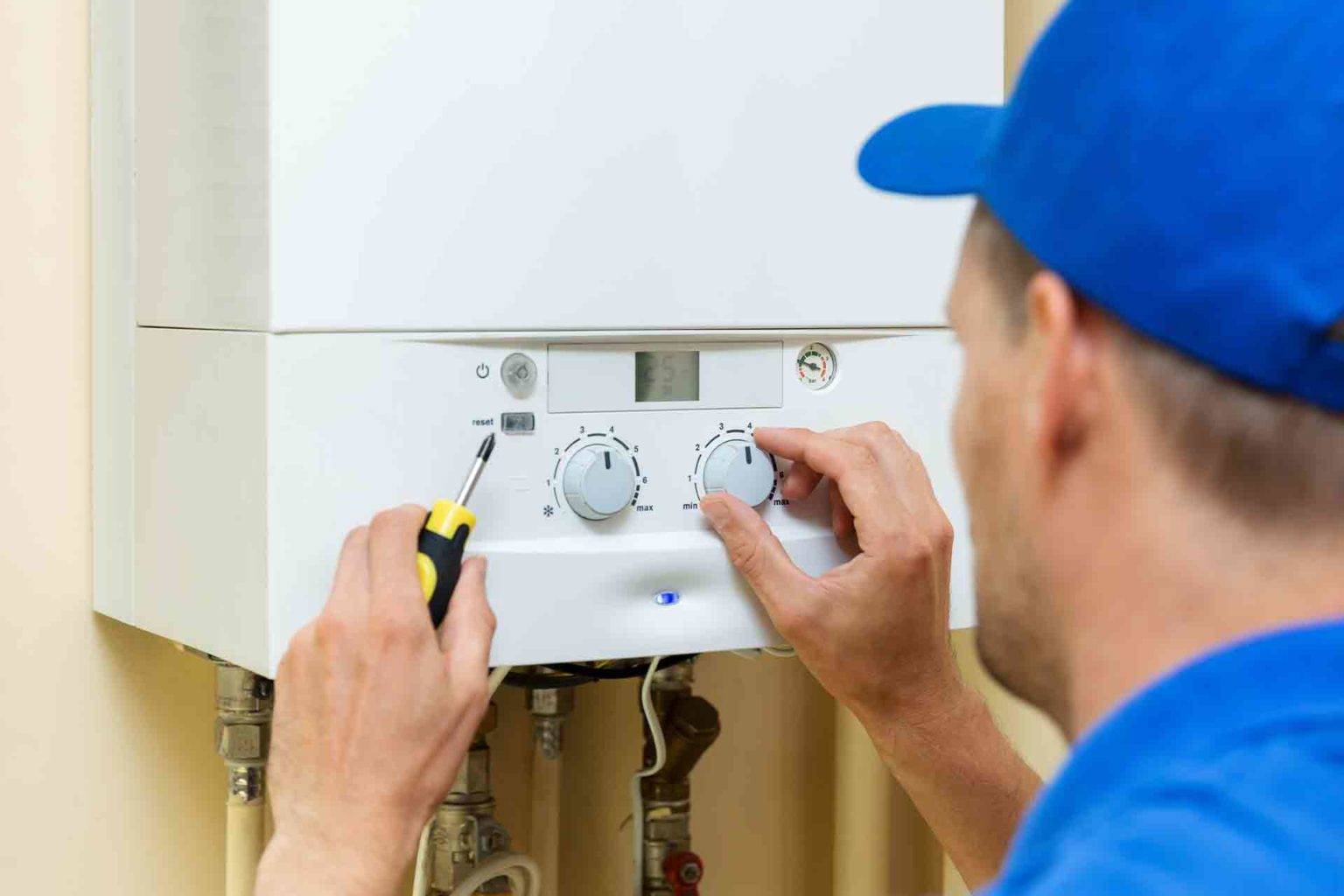
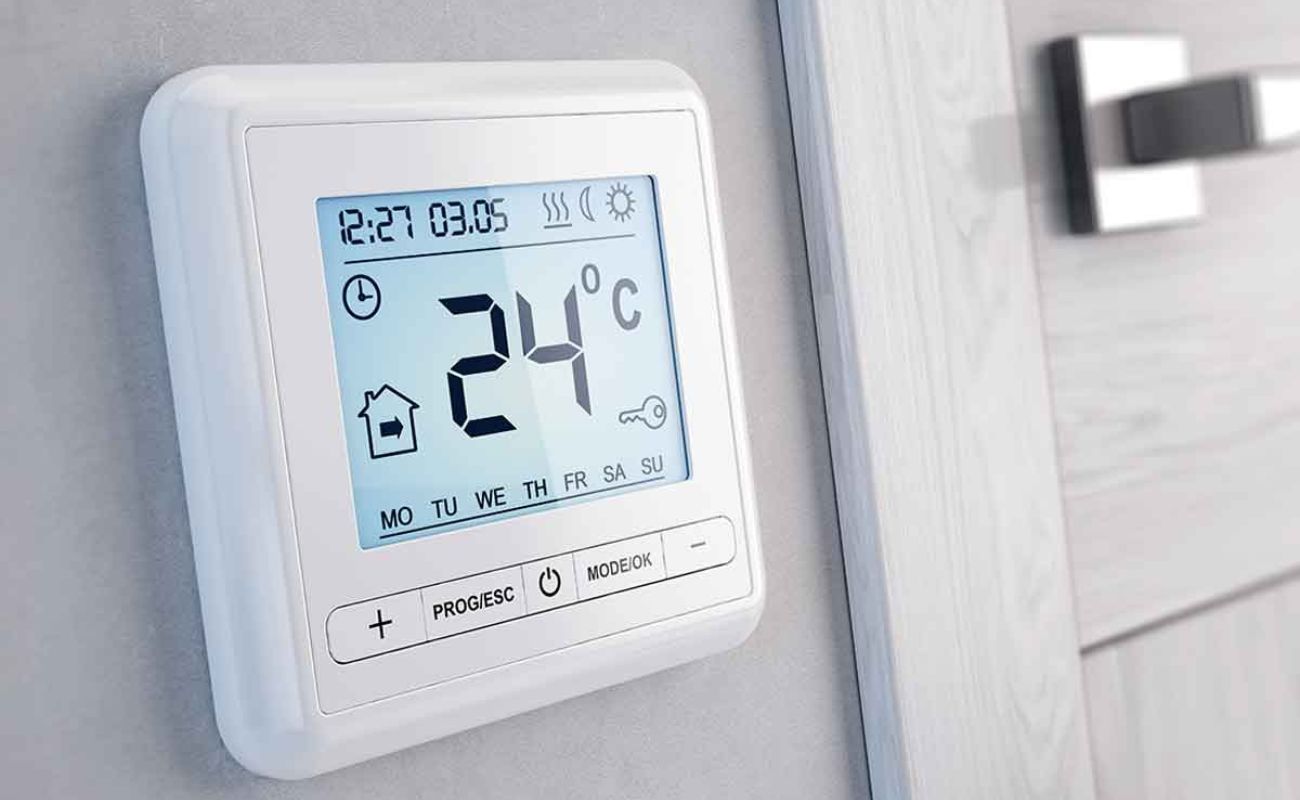
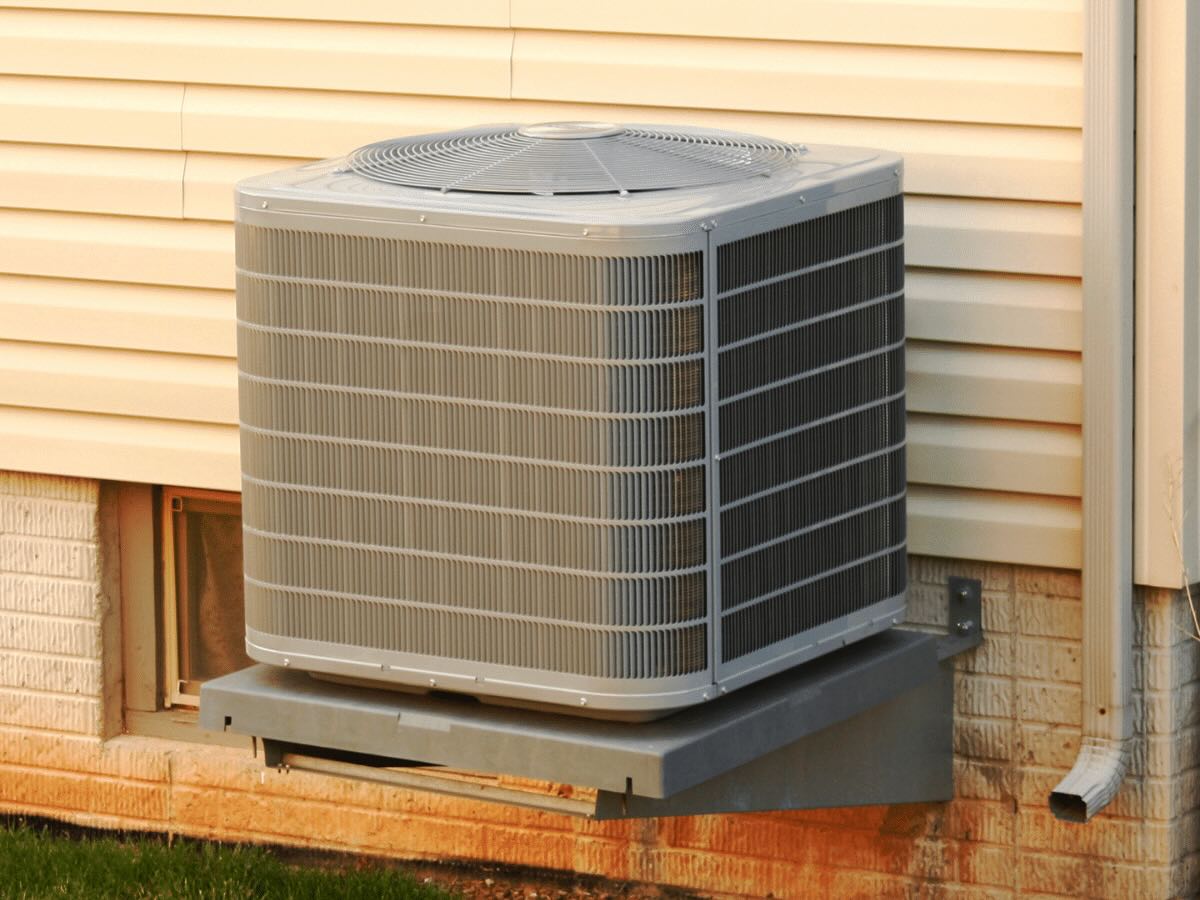
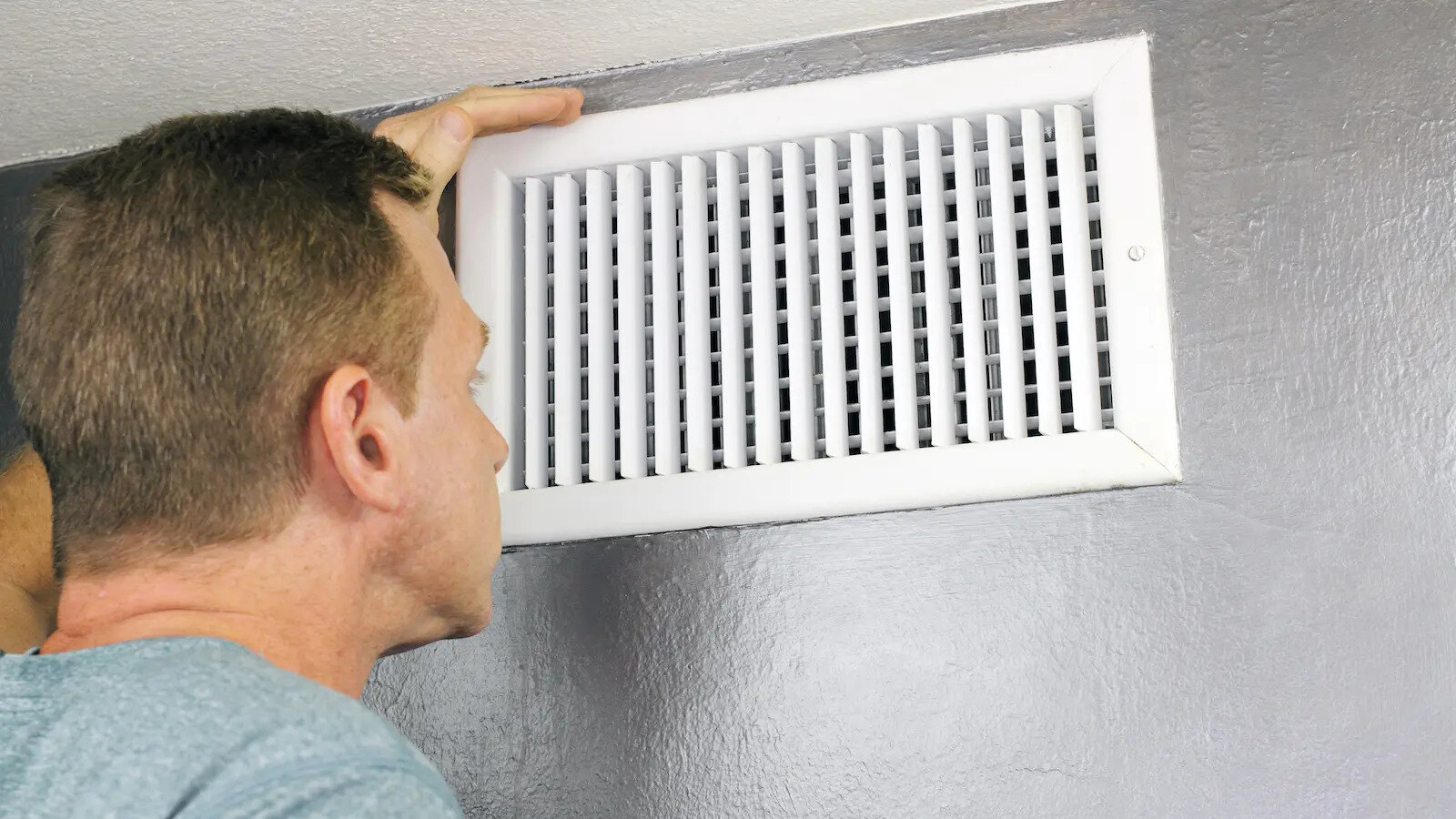

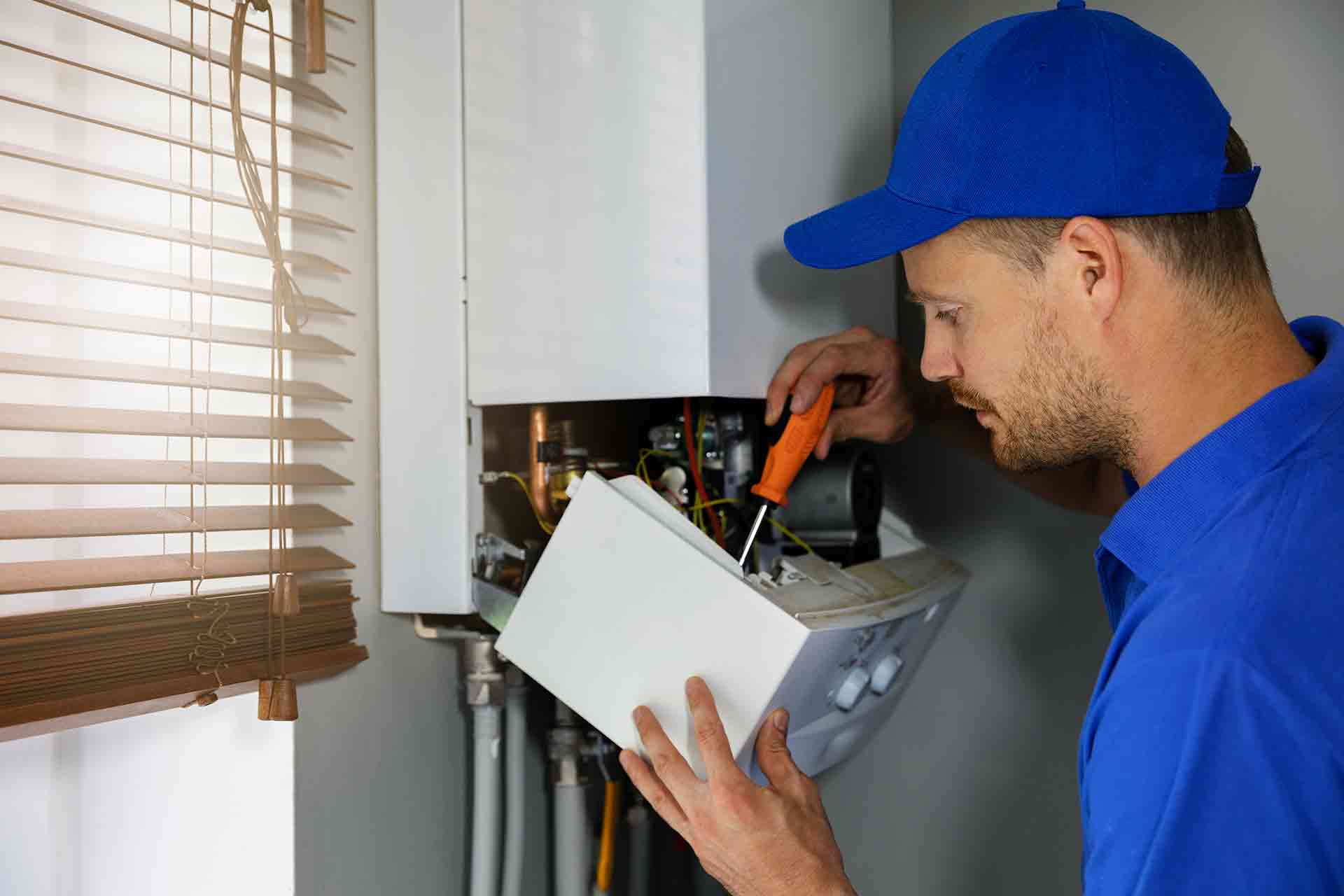
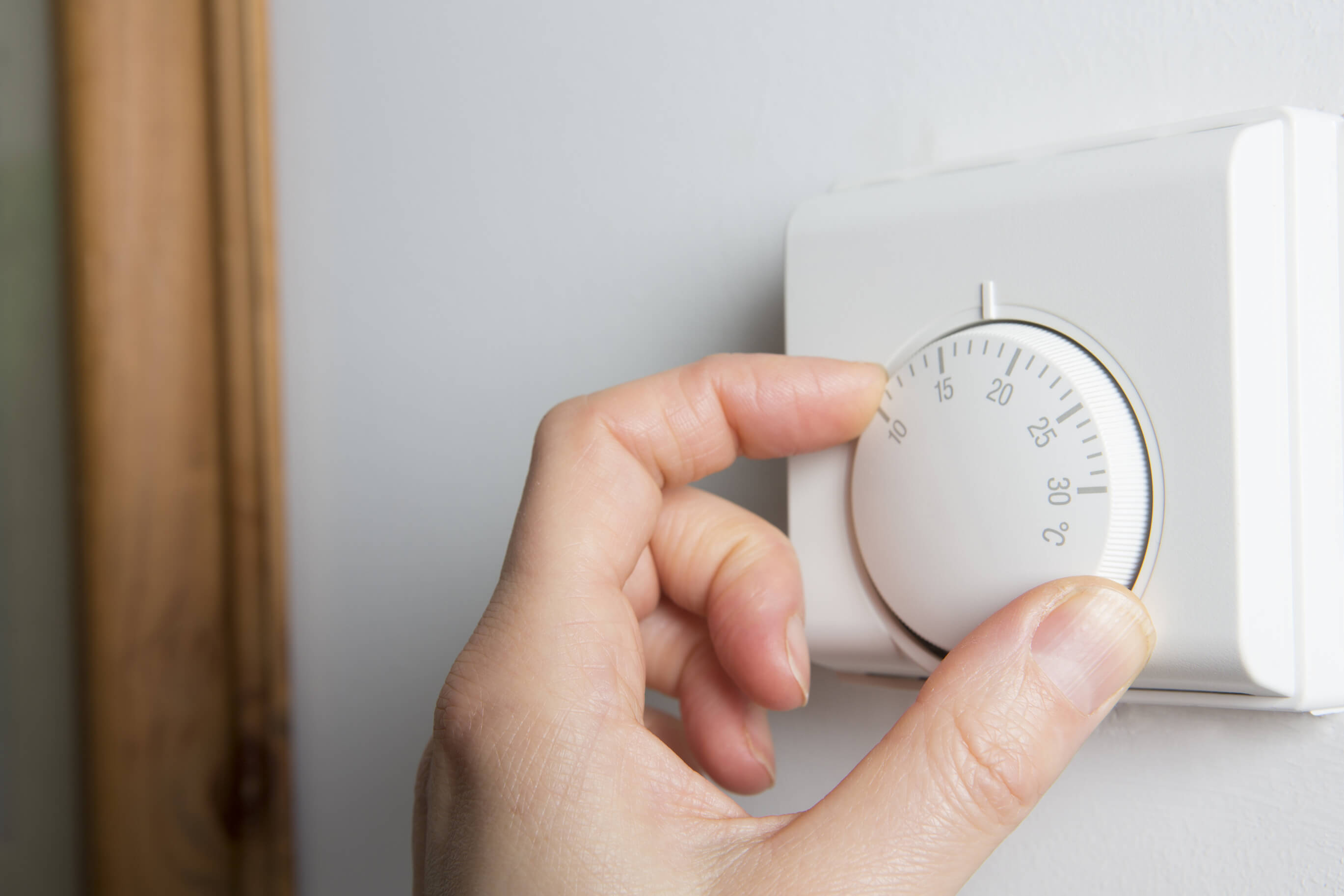
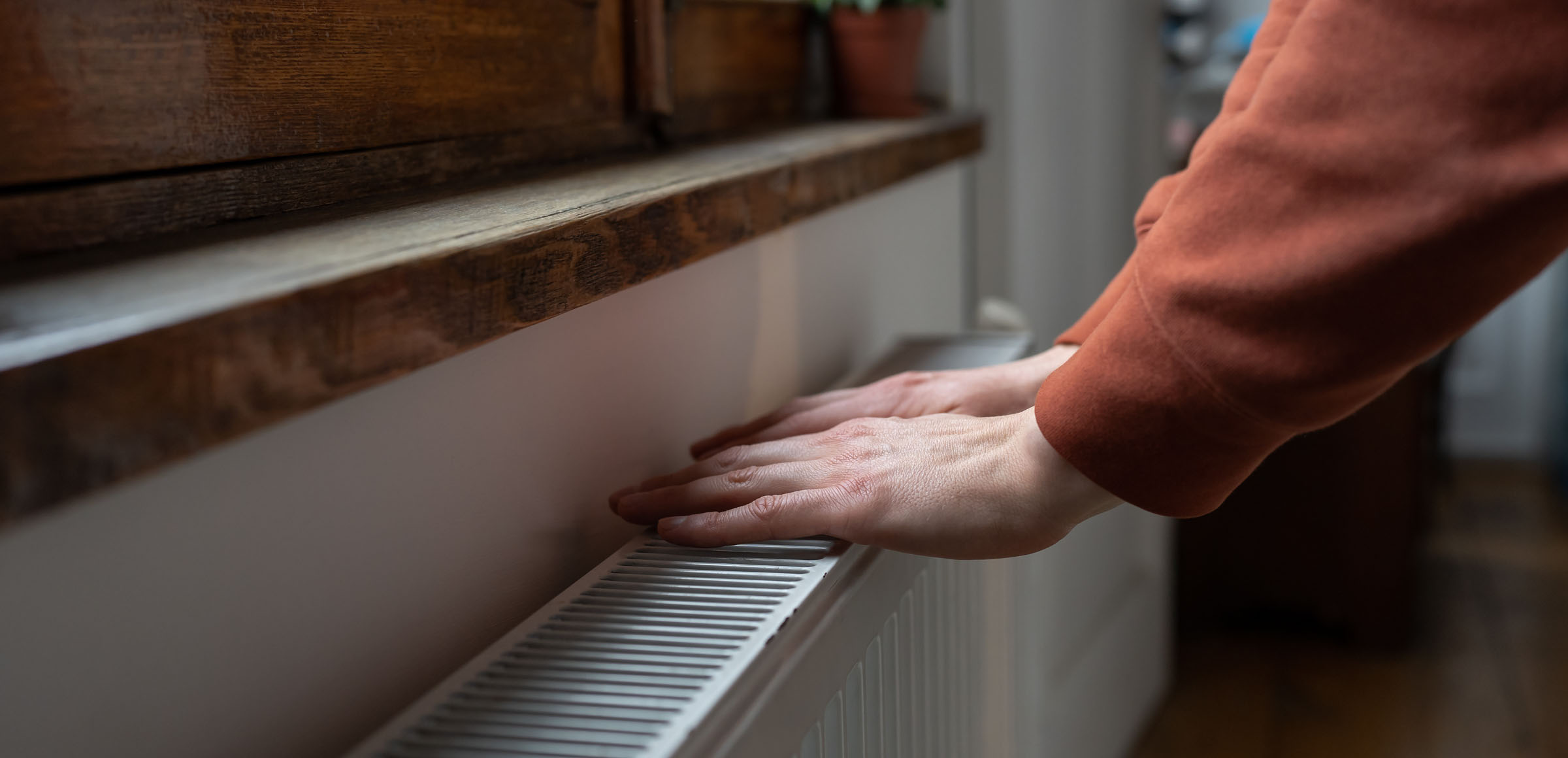
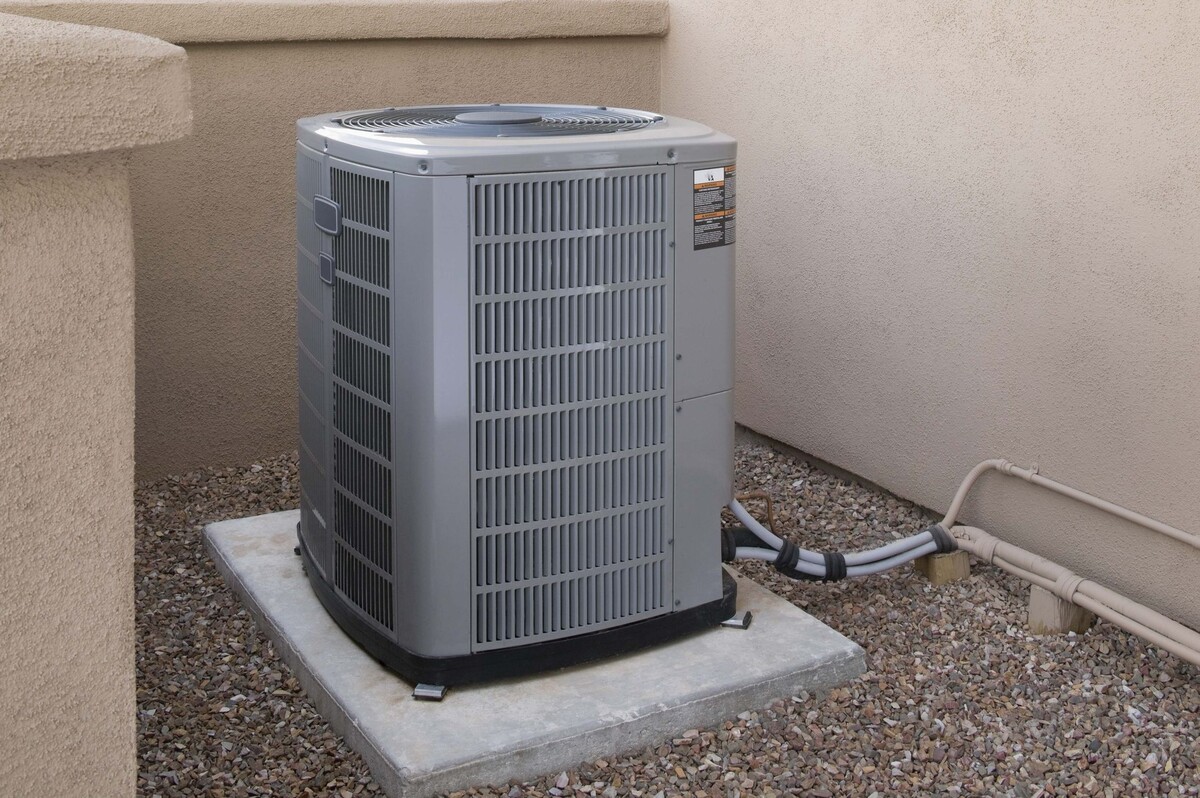
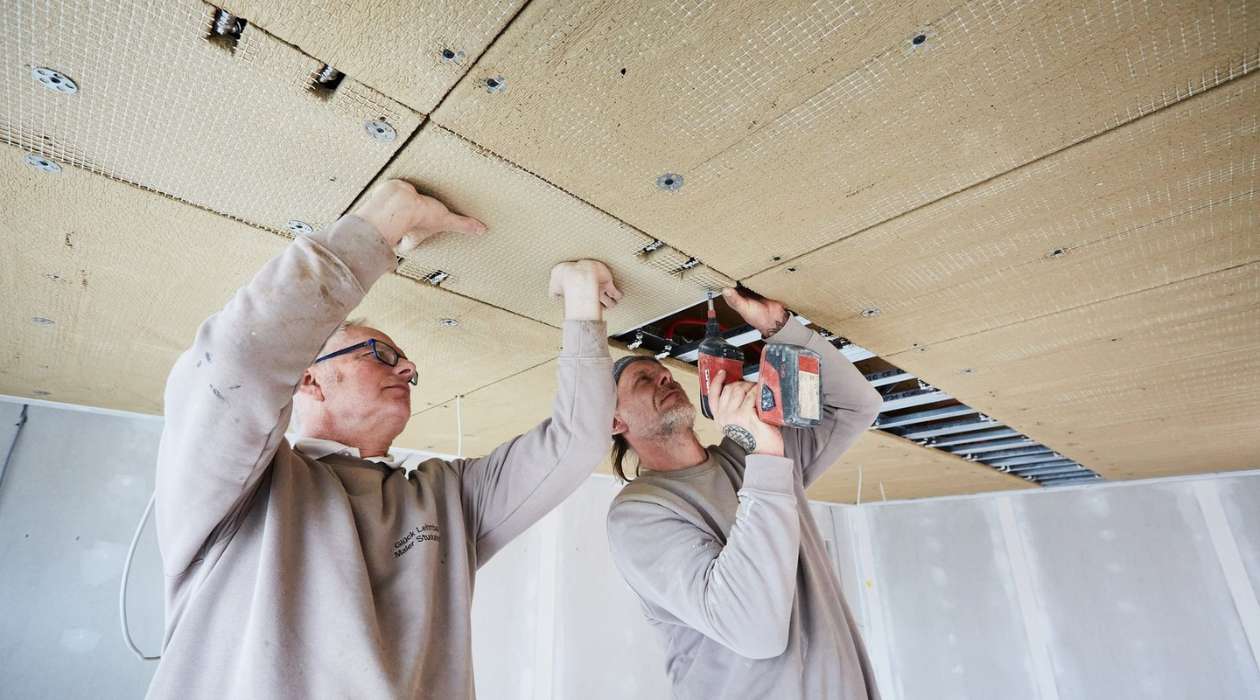
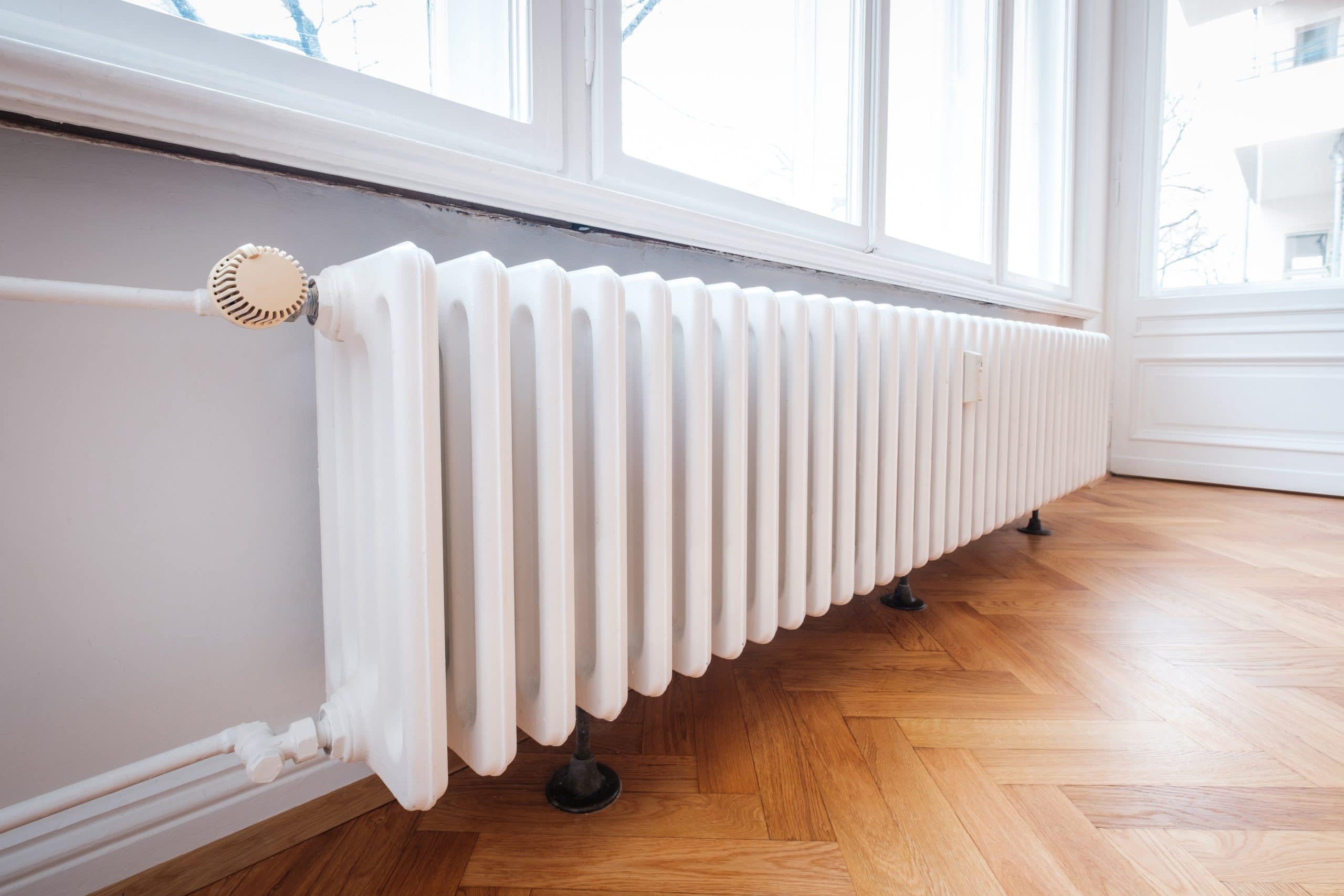
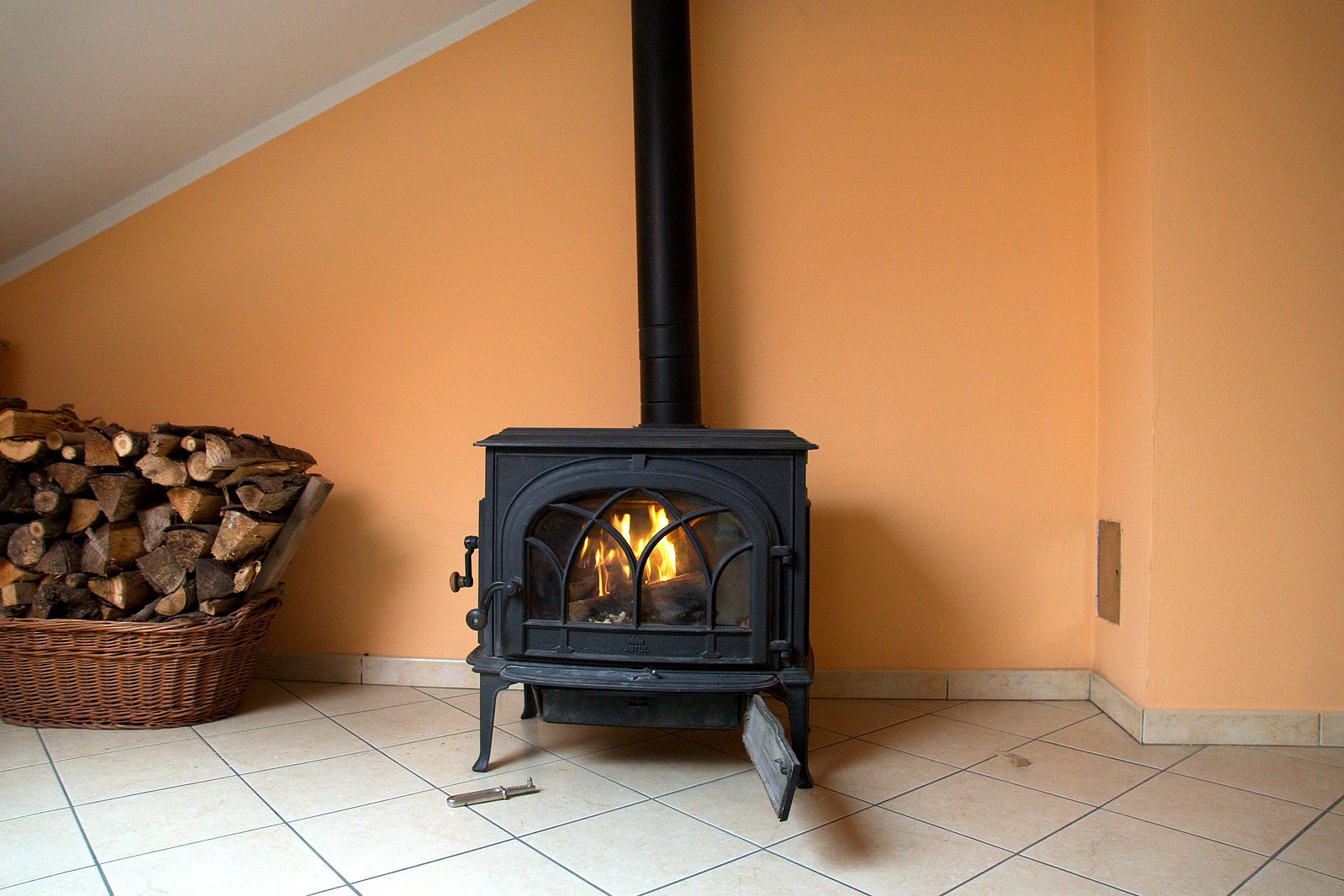

0 thoughts on “How Does A Central Heating System Work”